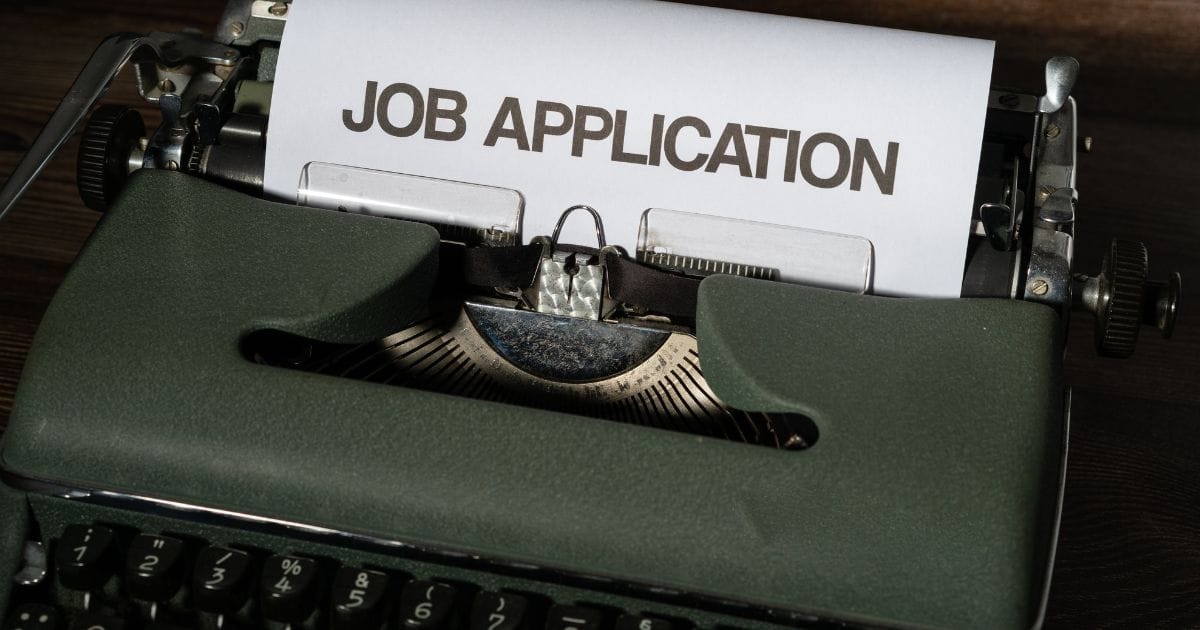You’ve probably heard a few statements about how customer success is not customer support, and that’s correct. I spent the early years of my career in customer support, and I can confirm they are distinct.
A key difference between both fields is this: with customer support, you solve issues when the customer reports them; in customer success, you have to think ahead of how the customer might use your solution and the problems they are likely to experience.
As a customer success specialist, you must understand your customers' needs and give them relevant advice on maximizing their investment. A general saying is customer support is reactive while customer success is proactive.
In this article, I’m going to outline two things:
- The key skills you need to start your career in customer success (that are transferable from customer support)
- How you can nail any customer success job interview
Transferable skills for a career in customer success
Starting a career in customer success from customer support is rewarding, and interestingly, there are loads of transferable skills you can bring with you to join the customer success world.
Empathy
When you work in customer support, you quickly learn that the best way to deal with customers is to approach them empathetically. You need to show your customers that you understand their pain points and want to improve things for them.
In customer success, you’ll need to connect with your customers to make them feel heard. One of my favorite sayings is: “Customers don’t expect you to be perfect; they expect you to have a heart.”
Communication
All great relationships are founded on communication and trust. With customer support, you’re used to giving customers periodic updates about the resolution of their issue or complaint until the issue is solved.
In customer success, you’ll have to communicate with your customers to keep them engaged. This can be done in various ways, including emails, phone calls and meetings. This is one less thing to worry about if you’ve already been a customer support agent.

Problem-solving
You read that right! As a Customer Success Manager, you get to solve customer problems. This may not happen every day, but to ensure they get the best out of your solution, customers will come to you to solve their problems because they trust you.
You’ll need to drill down to the root cause of a problem to be in an excellent position to advise your customers on what to do. When an issue is raised in customer support, you drill down to the root cause and advise the customer of a solution. This is one skill that customer success specialists use frequently.
Active listening
If one of your communication channels in customer support is phone calls, you should be an expert at active listening. During these calls, you ensured you paid attention to everything the customer said and clarified when unsure.
You probably also took notes and referred to them later. This happens all the time in the customer success world. You can take this one step further in customer success, and practice deep listening.
You’ll need to actively listen to your customers and ensure you truly understand what they say. As good practice, it’s helpful to summarize key points of a meeting or call and share them with the customer via an email or alternate channel. It won’t be ideal to miss critical information during such conversations.
Time management
Time, time, time! There’s just so little we have in a day, right? With a whole lot of customer issues and requests to attend to, prioritizing your tickets is good practice as a customer support specialist. CSMs often get caught in whirlwinds and achieve less than planned within a specific time frame.
Organizing your tasks is an excellent way to manage your time as well as avoid unnecessary internal and external meetings. If a meeting doesn’t provide value to you or your customer, it shouldn’t be on your calendar.

Strategies for transitioning to customer success
Now, you’ve seen some skills that give you an advantage in joining the customer success world. You need to do a couple of things to ensure you’re in a good position for your interviews.
Learn about customer success
There are so many materials and courses you can take to give you a great understanding of the day-to-day life of a CSM.
Ahead of my switch to customer success, I took on a Customer Success Level 1 training course, and it was an eye-opening experience. I got a clear understanding of the basics of customer success and how to navigate these new waters.

Connect with customer success professionals
The customer success community on LinkedIn is a very unique one. There are lots of professionals who share ideas daily through posts and podcasts. My confidence in customer success grew massively by learning from these thought leaders.
If you see someone you’d like to connect with, send a request to connect and follow them. (It’s uncommon to get a declined connection request from customer success professionals – they’re a really friendly bunch! 👀)
Attend industry events
You can attend many online and in-person customer success events, and the online ones are mostly free. When you attend one, feel free to share your learnings with the community and mention the person you learned from. This is one way to grow your customer success network.
Creating your resume
When applying for customer success jobs, the recruiter or hiring manager spends around five seconds scanning through your resume. It's vital to showcase your customer success skills boldly. Highlighting how you enhanced customer's experience and retained them while working in customer support will be helpful. Your CSAT score will be a good indicator of this.

The job hunt
We’ve all been there: you spot an advert for your dream CS job but realize you don’t meet all the requirements listed in the job description. Should you still apply? Definitely! It’s rare to find an applicant that ticks all the boxes on the requirements, and in most cases, the recruiter looks for a match on the skills.
Even hiring managers are clocking on to this issue. Amy Oilman, RVP of Customer Success at RingCentral brought up this aspect of hiring for customer success on an episode of the CS School podcast:
“There can be an overwhelming feeling when sifting through job adverts and being constantly bombarded with overly lengthy job descriptions. I've noticed it's a universal challenge, certainly not isolated to customer success. It becomes especially concerning when companies are striving for DE&I.
If a job description deters potential candidates because they think, ‘Well, I can only do seven out of those 12 tasks, maybe this role isn't for me,’ then we're sidelining so many talents.”
During your interviews, be sure to tell the recruiter about how your skills match the role and your accomplishments as a customer support executive.
Rejections happen with job applications; do not feel discouraged if this happens to you. Keep pushing until you get that job! I got well over thirty rejections when I transitioned to customer success.

Look for internal opportunities
One of the easiest ways to transition to customer success is when your company has an opening in the department. If this opportunity exists, don’t be afraid to go for it. Speak to your line manager about your interest in joining the customer success team and the steps you have taken to prepare for it.
At this point, you have an advantage because you have excellent knowledge about the product from working in customer support. This is important for CSMs today.
Moreover, you have most likely engaged with key stakeholders of the accounts you’ll manage at some point.
Final thoughts
I’ve never regretted my decision to transition to customer success. With customer support, I knew I wanted to do more than wait for things to happen and then fix it. I wanted to impact my customers positively, but I didn’t realize there was a thing like customer success.
I began researching what was next for me and came across customer success. It was a dream come true. I invested a lot of time and money to take courses and equip myself with the right skills for the journey ahead.
Luckily, there was an opening within my company to join the customer success team. I spoke with my manager and interviewed for the position, and it was successful! Here I am today, doing what I am passionate about and never looking back.
I’d like to encourage anyone looking to move to customer success from customer support not to give up if you start receiving rejection emails. Be consistent in your hunt, success will find you (pardon the pun!).
In the meantime, keep up to date with trends in the customer success space. Again, LinkedIn is one of your greatest assets. I wish you all the best as you begin a career in customer success.




 Follow us on LinkedIn
Follow us on LinkedIn




